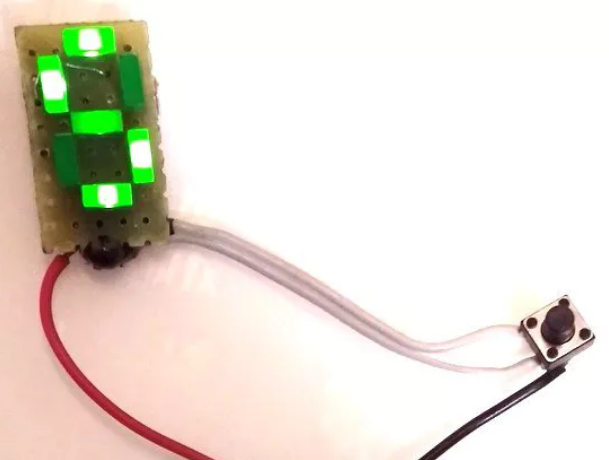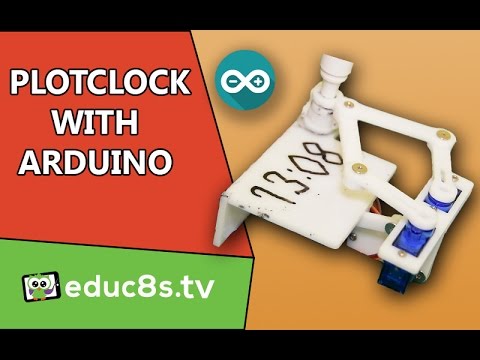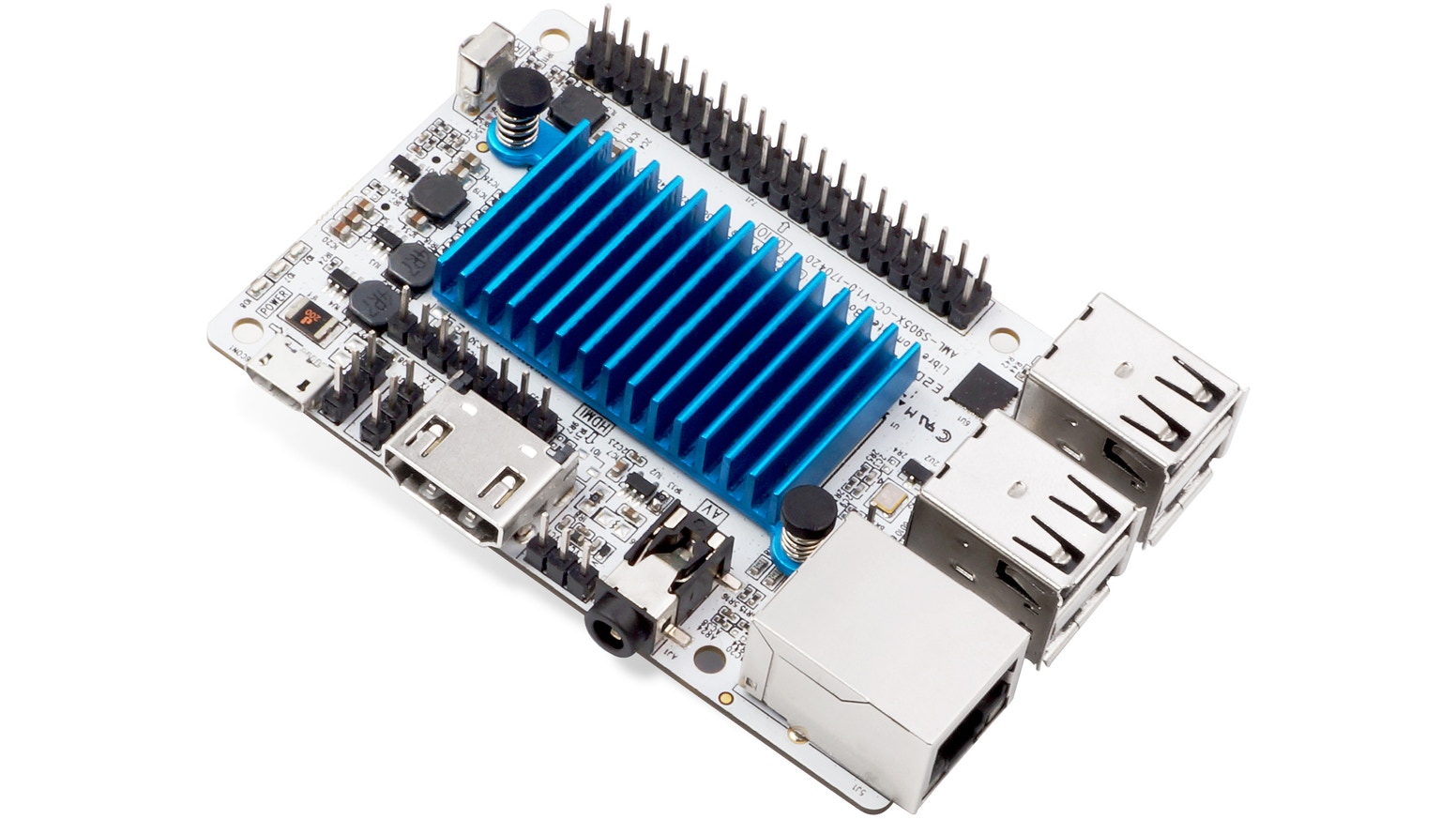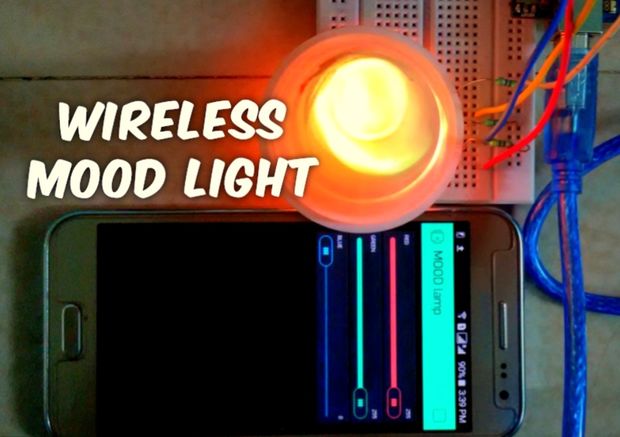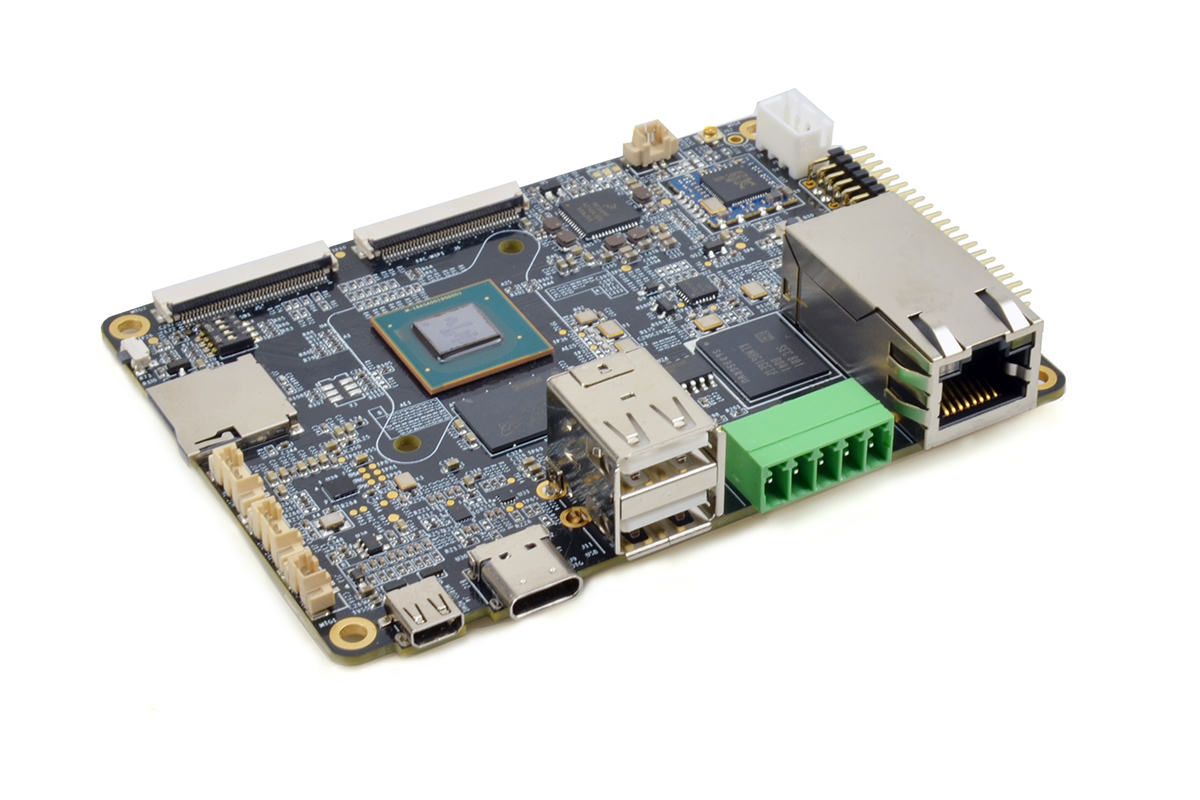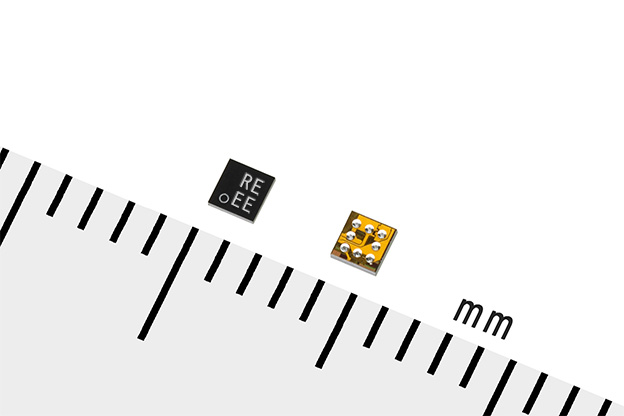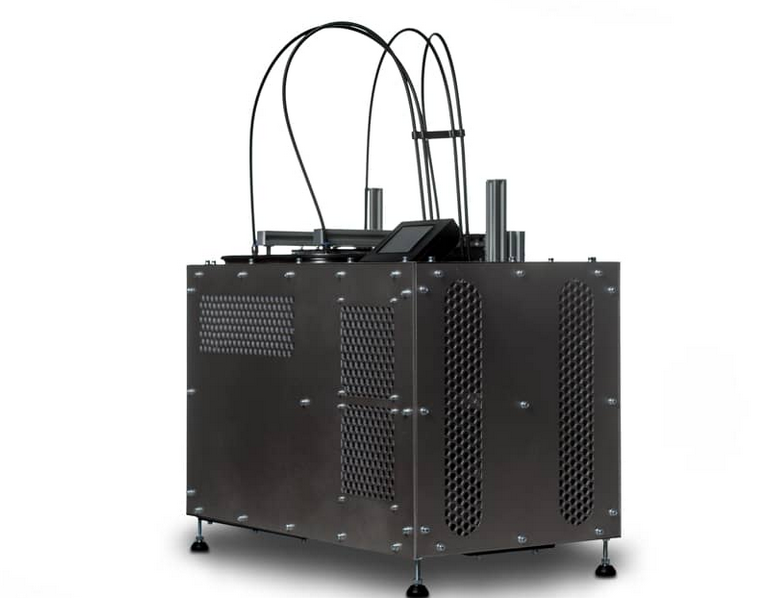
Vapor Phase One, The New Industry’s most dynamic PCB soldering process
A new crowd supply campaign has been launched for the Vapor Phase One, which is the industry’s most dynamic PCB soldering method available now to hobbyists and development engineers alike. Compared to infrared and conventional soldering, the vapor phase process works perfectly at controlling high thermal mass assemblies. Big SMD capacitors, high-power inductors, also metal substrate PCBs are no match for the Vapor Phase One, that are capable of soldering fine pitch structures and heat reactive components without risk of damage, also its analogous temperature distribution reduces warp and bow of the PCB, that reduces internal stresses on the assembly. Vapor Phase One depends on two integrated lifts to enable results similar to those you would get using an industrial production. The Vapor Phase One helps you improve your way of soldering, and guarantees less risk of cold-solder joints, PCB tombstoning, and solder bridges.
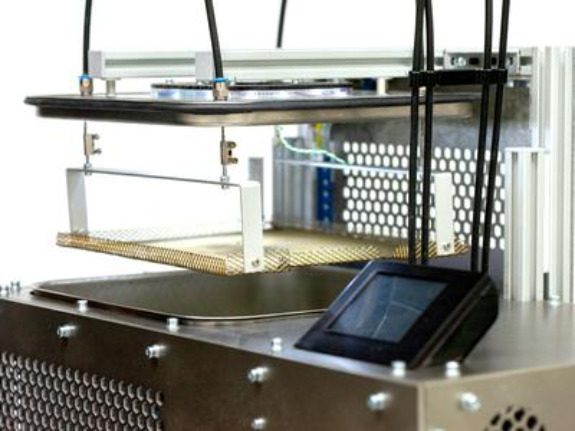
Vapor-phase soldering is also called condensation soldering and it depends on physics which is like those that drives a heat pipe. An inert liquid is used which is slightly above its boiling point, and it leads to a vapor phase being formed just over the surface. (For Vapor Phase One, the liquid is specially made and it’s known as Galden ® the medium boils between 230°C and 240°C). This newly made vapor moves energy from the heat source to one or more “heat sinks”. Those heat sinks are the PCB, the components, and the solder paste you have to use for application between them. Vapor condenses on a cooler surface first, so that it can transport a large amount of energy to those areas, slowly heating up your assembly. The solder paste will then melt as your PCB gets to its appropriate temperature, which depends on the solder paste which is mostly 180°C. Also, the maximum temperature it can reach is limited by the boiling point of the Galden. As soon as you remove your assembly from Vapor Phase One, the solder will solidify.
Features Of Vapor Phase:
- Fast temperature profile: The way the VP One is designed, enables the handler to run fast temperature profiles by using a height-adjustable PCB carrier. The assembly is placed on an open wire mesh, some distance above the heat-transfer medium, as determined by a fast temperature control loop.
- Individual Soldering Profiles: VP One can import soldering profiles via a USB interface where they are stored as CSV formatted data. It makes use of these profiles to adjust heating-power, and lift position to account for different solder pastes and PCB technologies. You don’t need an external control software.
- Conservation of heat-transfer medium: There is a quick cool feature that enables the entire capacity of Vapor Phase One’s cooling circuit, plus four additional fans mounted to its base, to be used to cool the process chamber as quickly as possible after a soldering process. This optional “Quick Cool” feature reduces the process time and ensures a minimum loss of Galden when the board is removed.
- Lid lift : The lid to the process chamber lifts automatically to enable the injecting and ejecting of a PCB. This safety feature also contributes to the preservation of heat-transfer medium.
- Viewing window: In addition to a screen that displays realtime temperature data, Vapor Phase One features a viewing window, complete with internal lighting, that enables you to see inside the process chamber.
Specifications:
- Usable heat-transfer media: 230, XS 235, and HS 240
- Volume of Galden : 500 to 1000ml (cost $170 to $340)
- Cooling : Water and air
- Dimensions: 50 x 46.5 x 32cm
- Max. Power consumption: 1.1 kW(at 230V or 110V)
- Maximum PCB size: 20 x 18.5 x 7 cm
- Weight: 18 kg
- Max. power consumption: 1.1 kW (at 230 V or 110 V)
- Data interface: USB or SD card
- Touchscreen: 4-inch display with 800 x 480 pixels
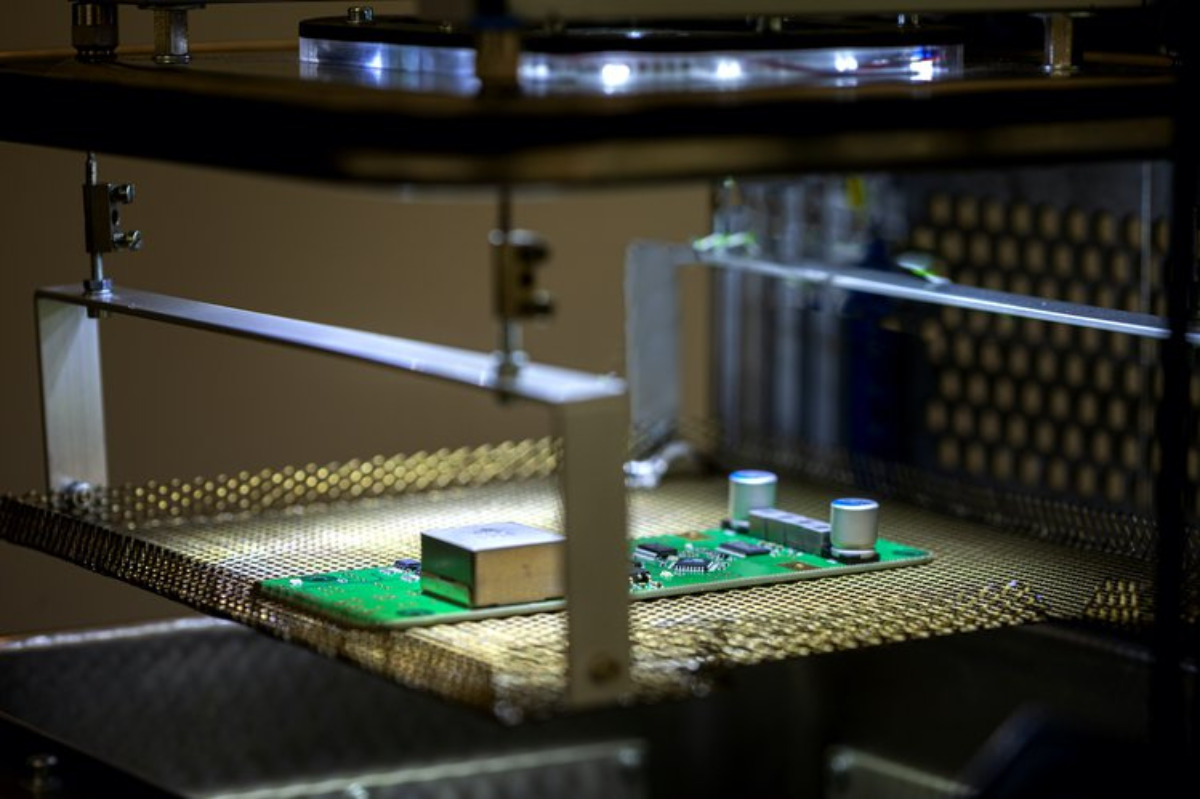
Vapor Phase One is an open hardware driven by open-source firmware,
“and we intend to publish everything that goes into building one. That includes a bill of materials, schematics, Gerbers, and step files, along with GPL-licensed firmware. You can already find much of this in our GitHub repository, but we will continue adding and updating source code and design files throughout the campaign. As soon as crowdfunding is complete, we will prepare for small-scale production of Vapor Phase One machines and begin pursuing CE and any other relevant certifications.”
Funding ends on Sep 08, 2020 at 04:59 PM PDT (11:59 PM UTC).
Visit the project’s Crowd supply page for more information.





